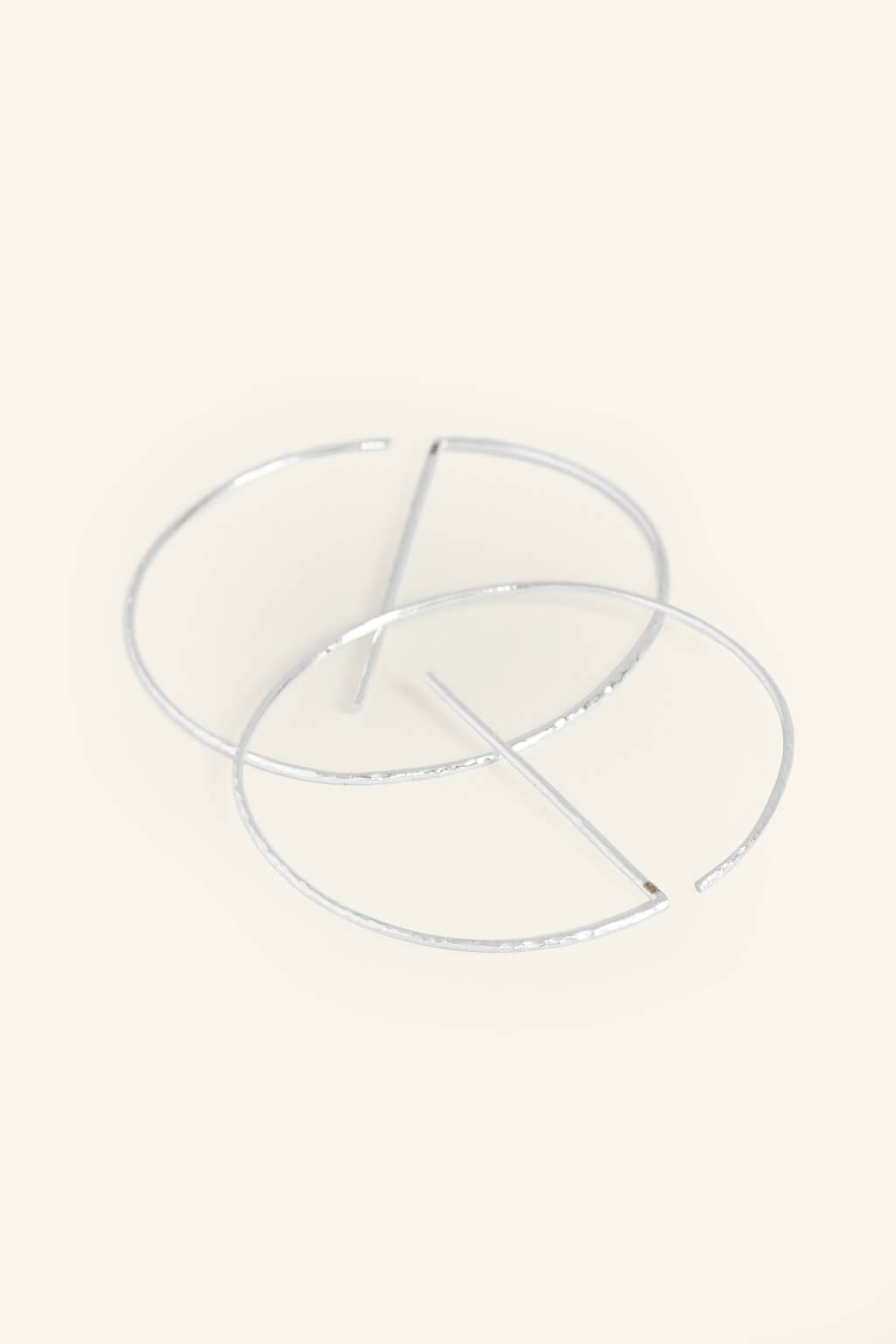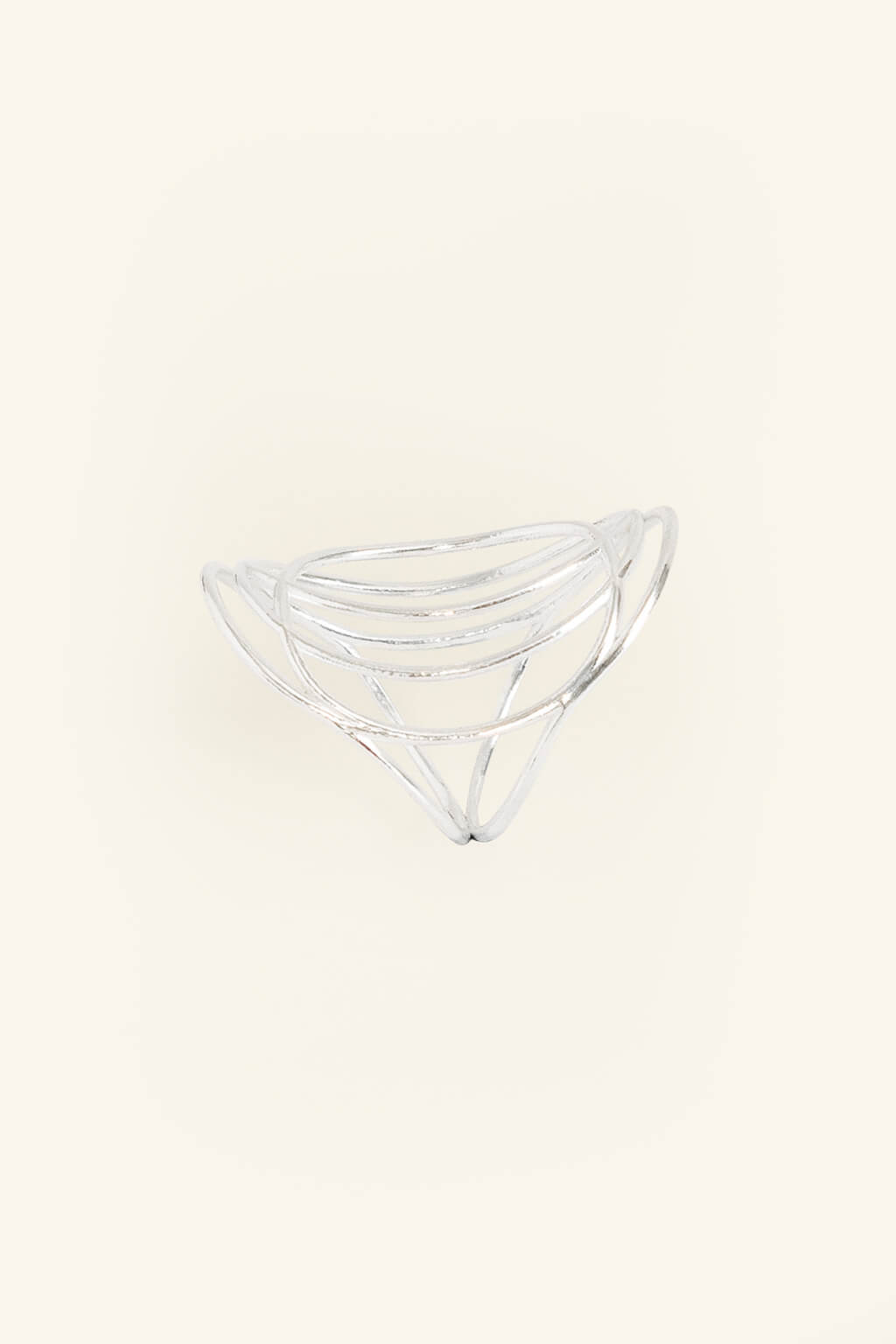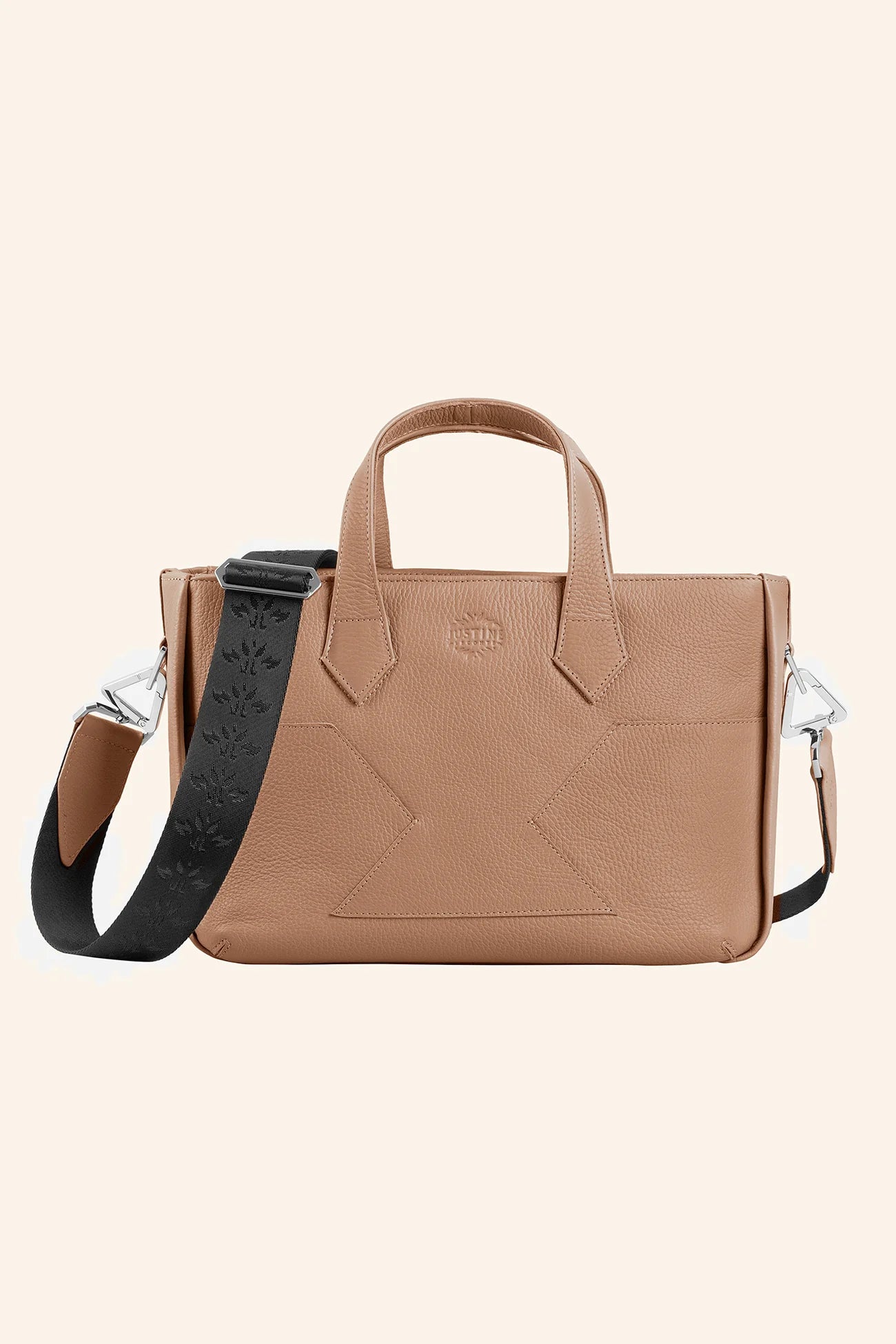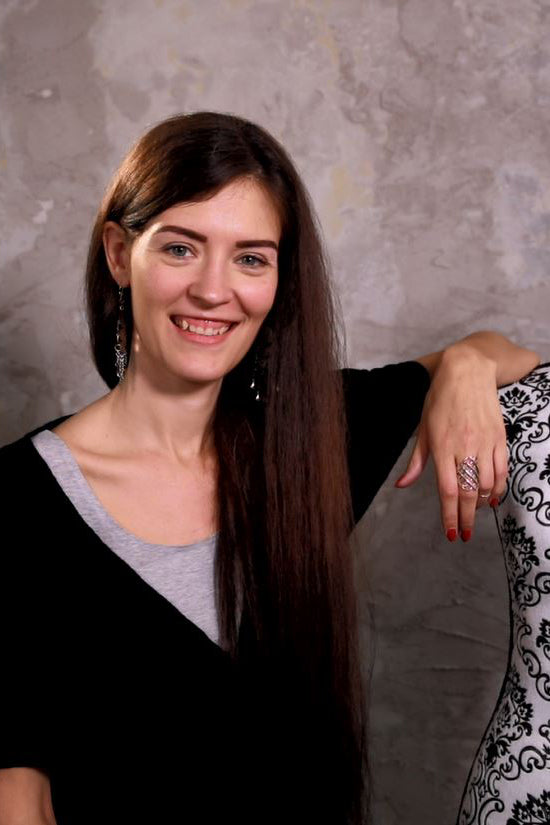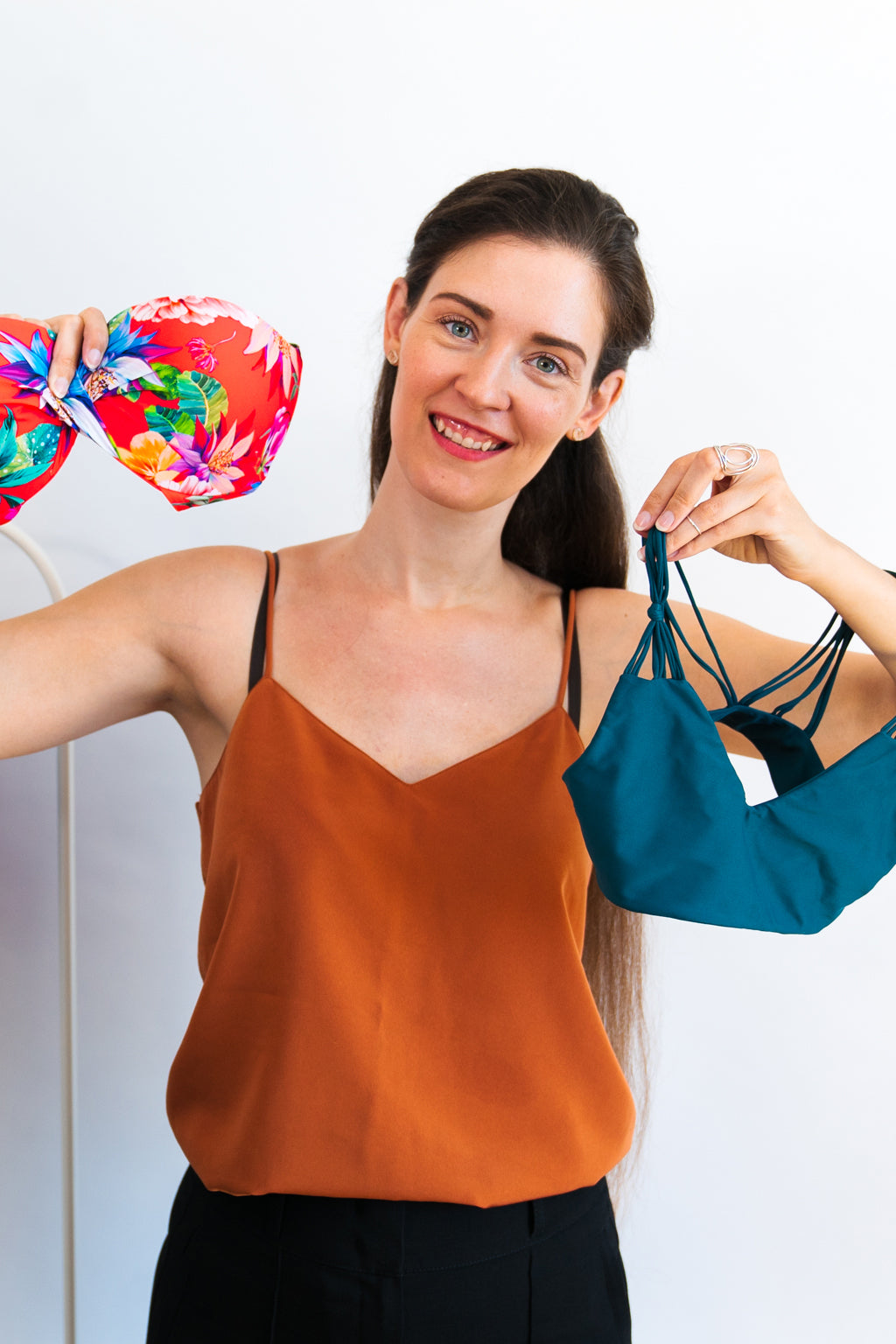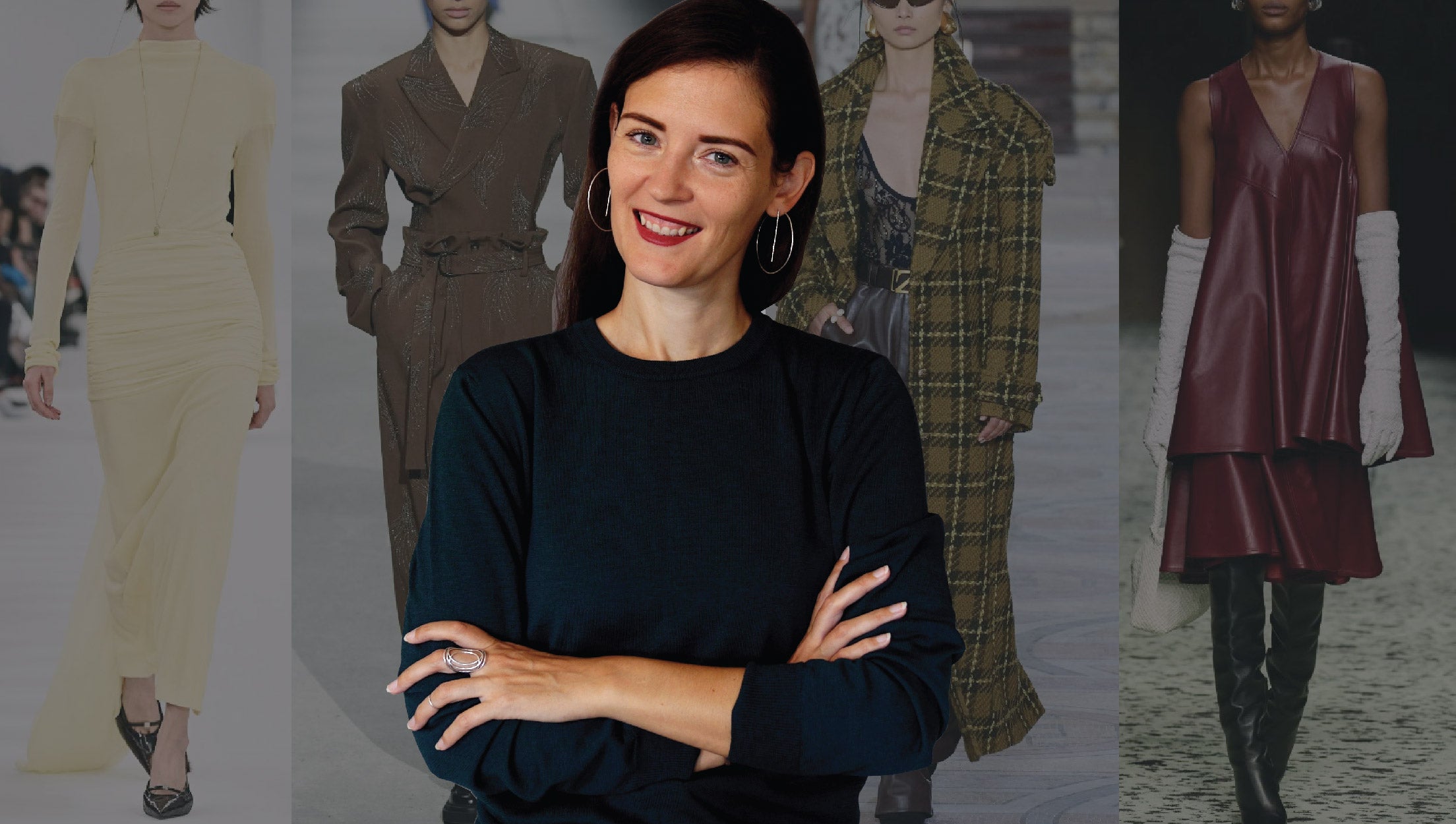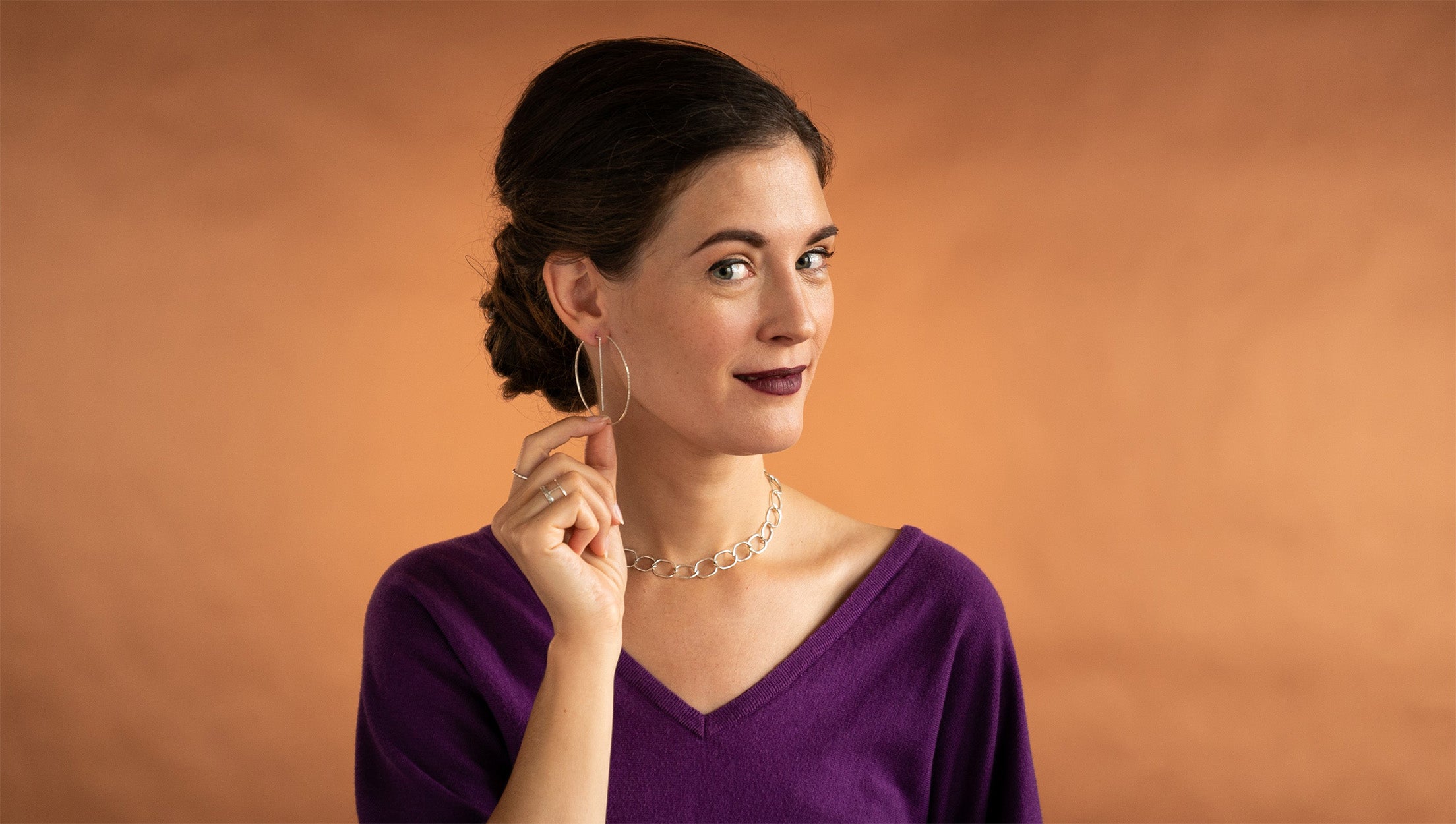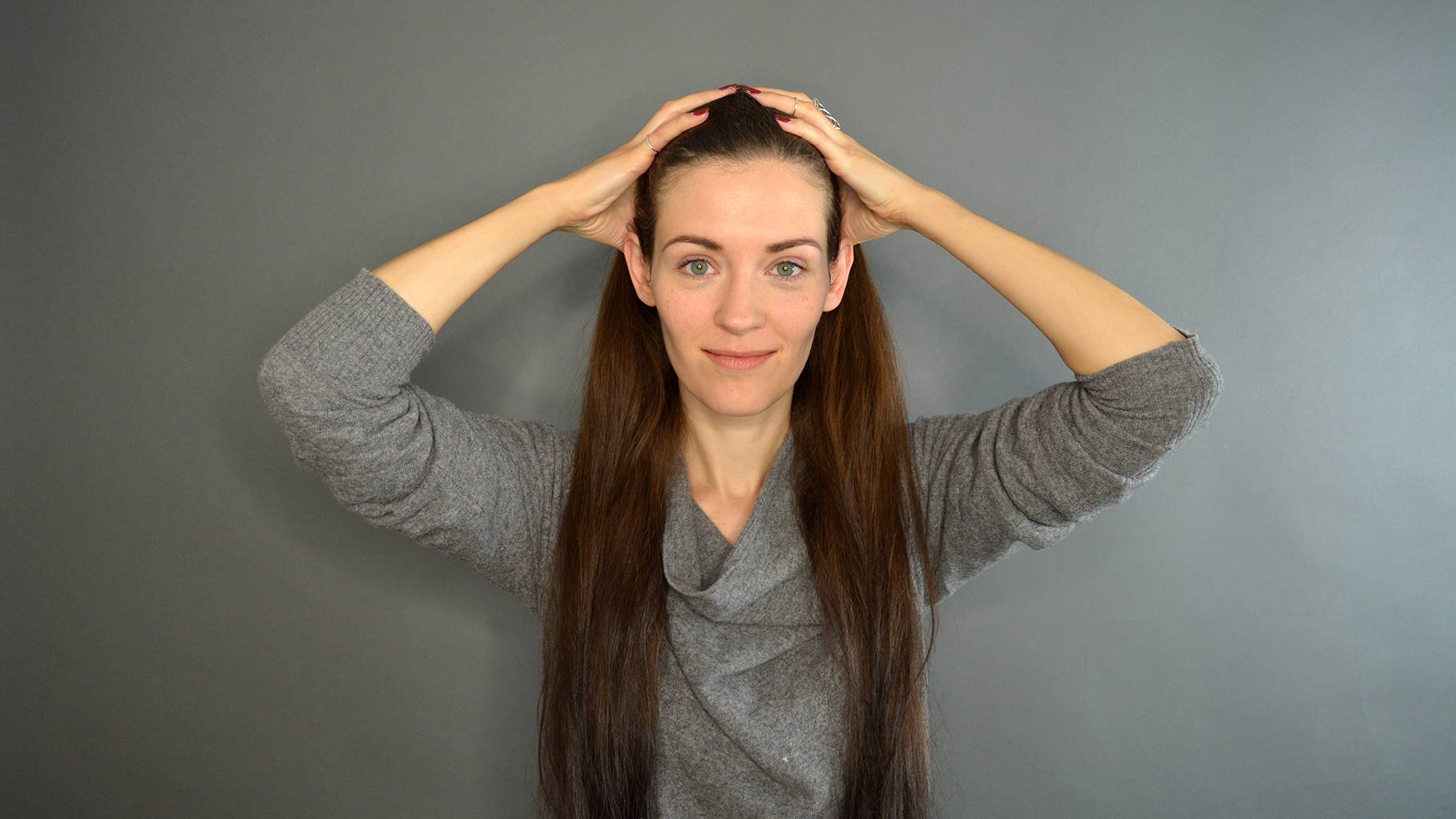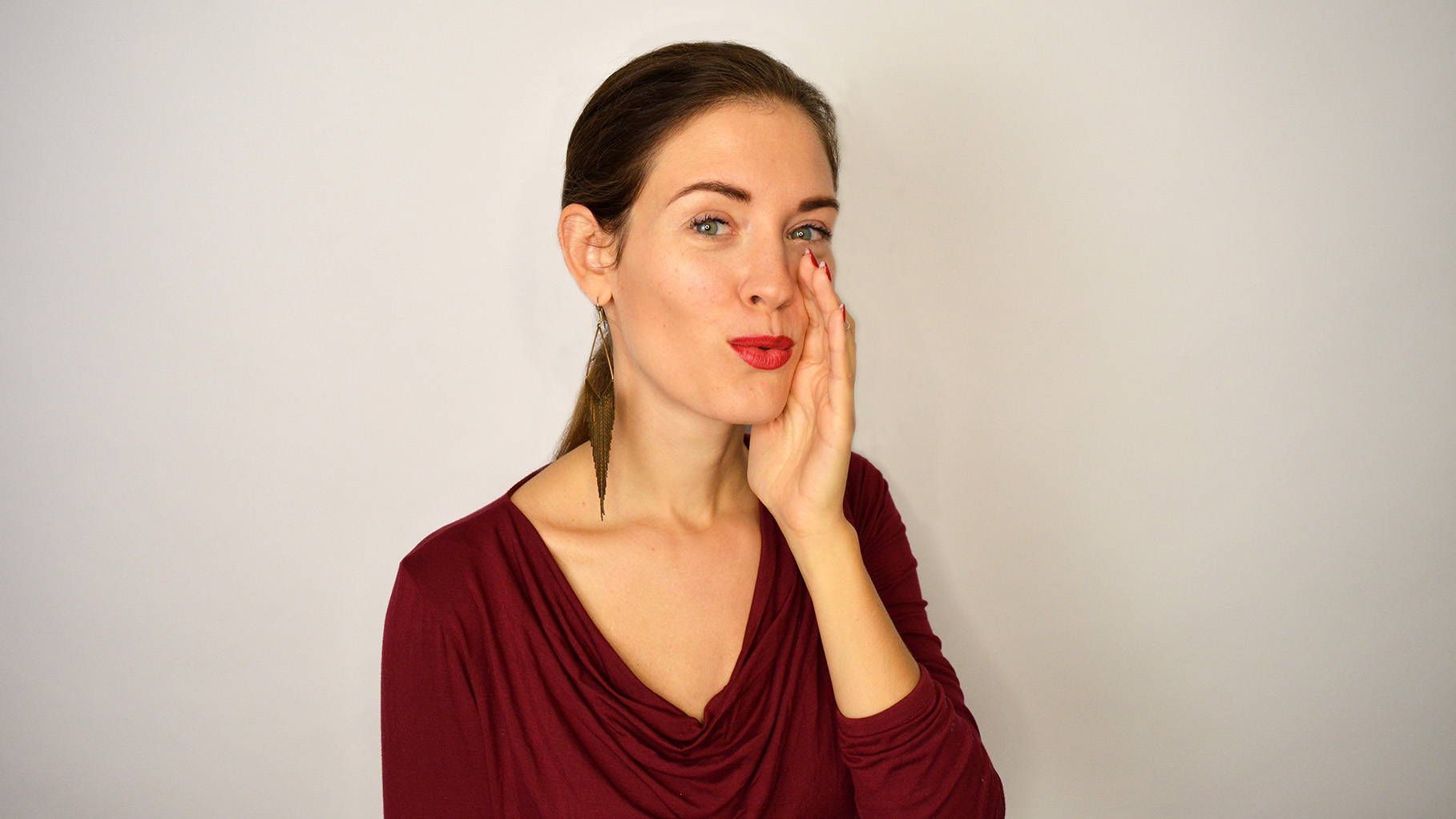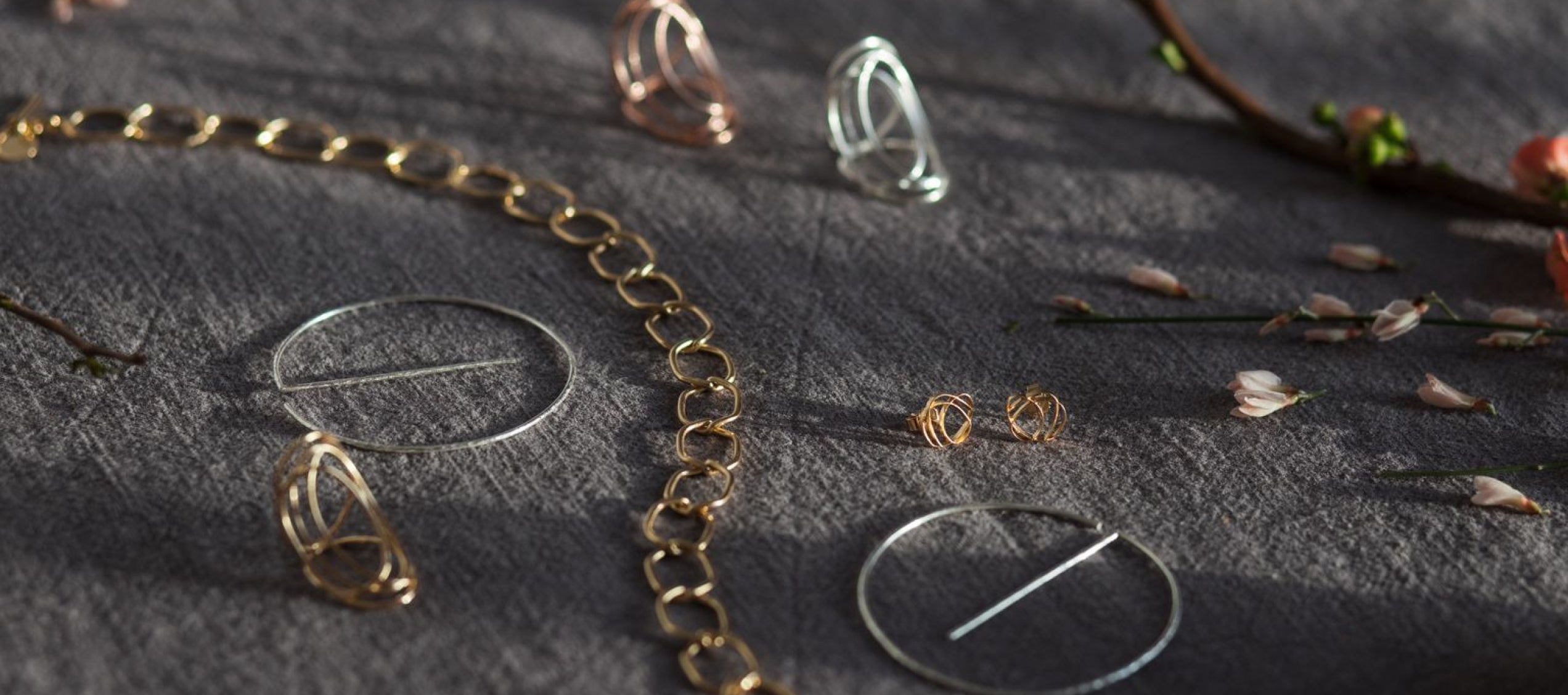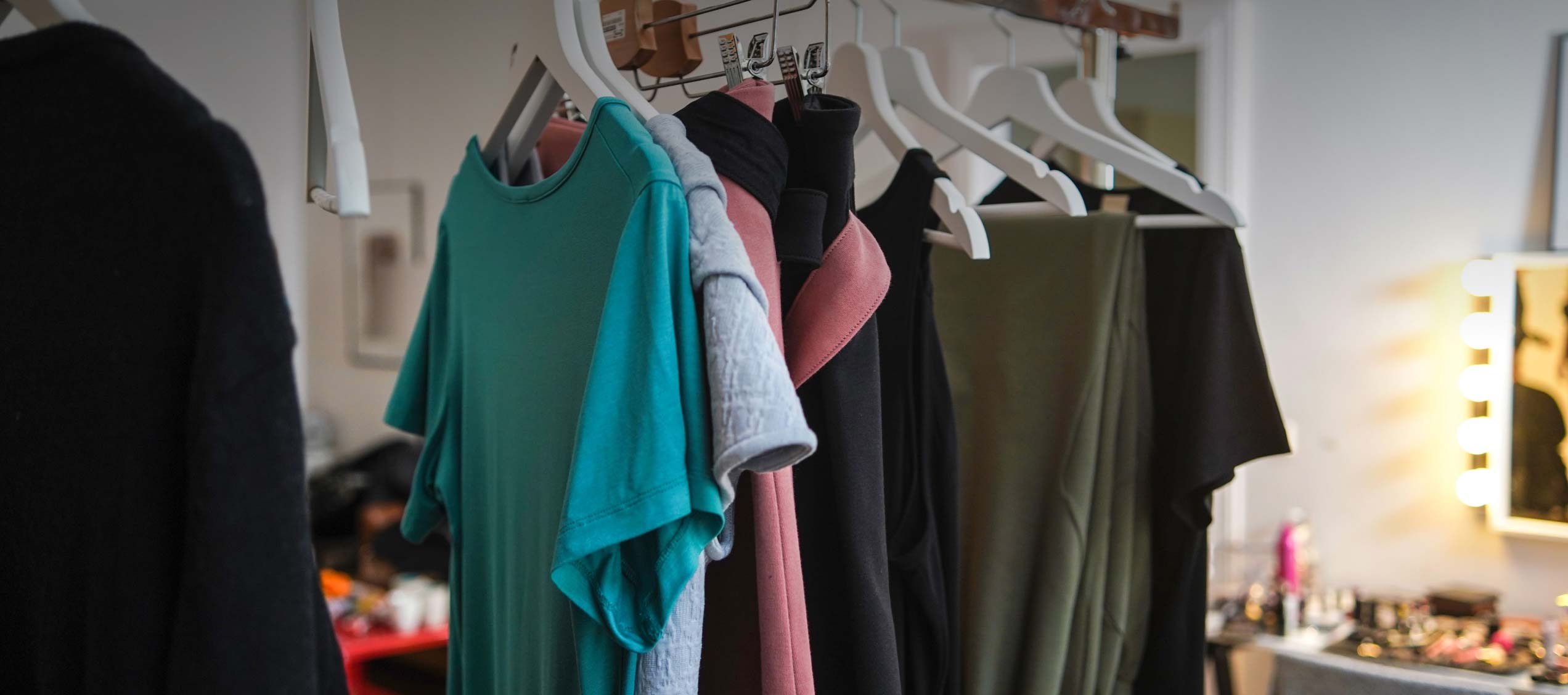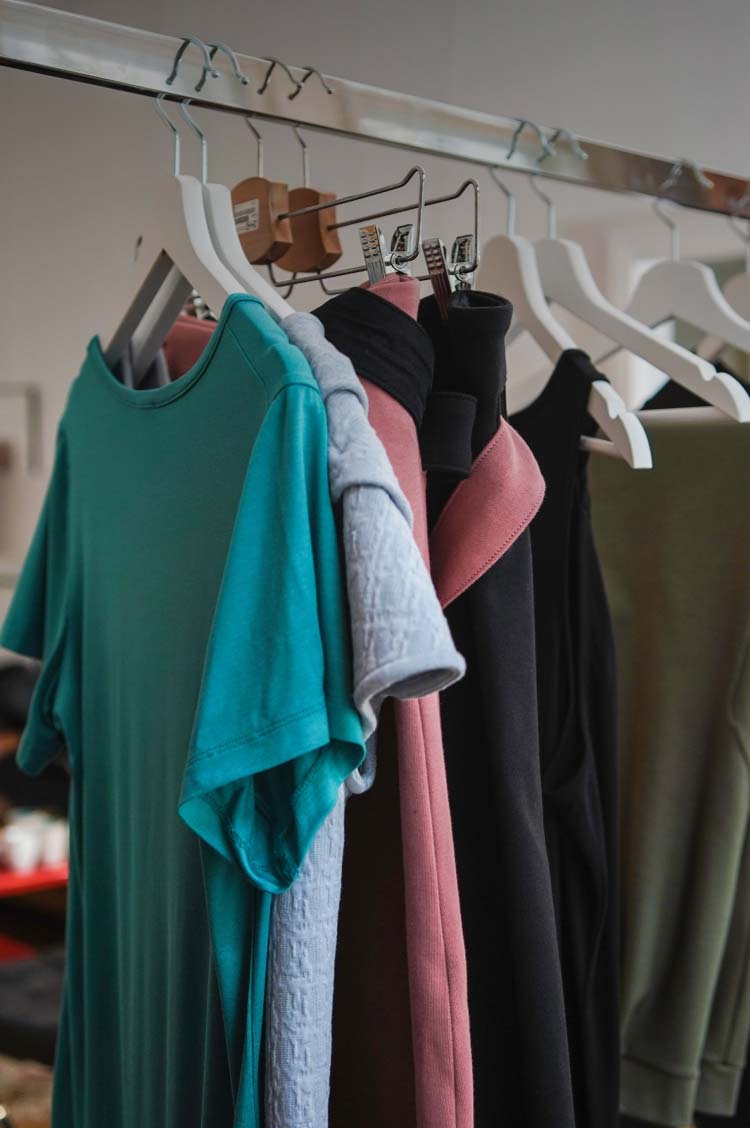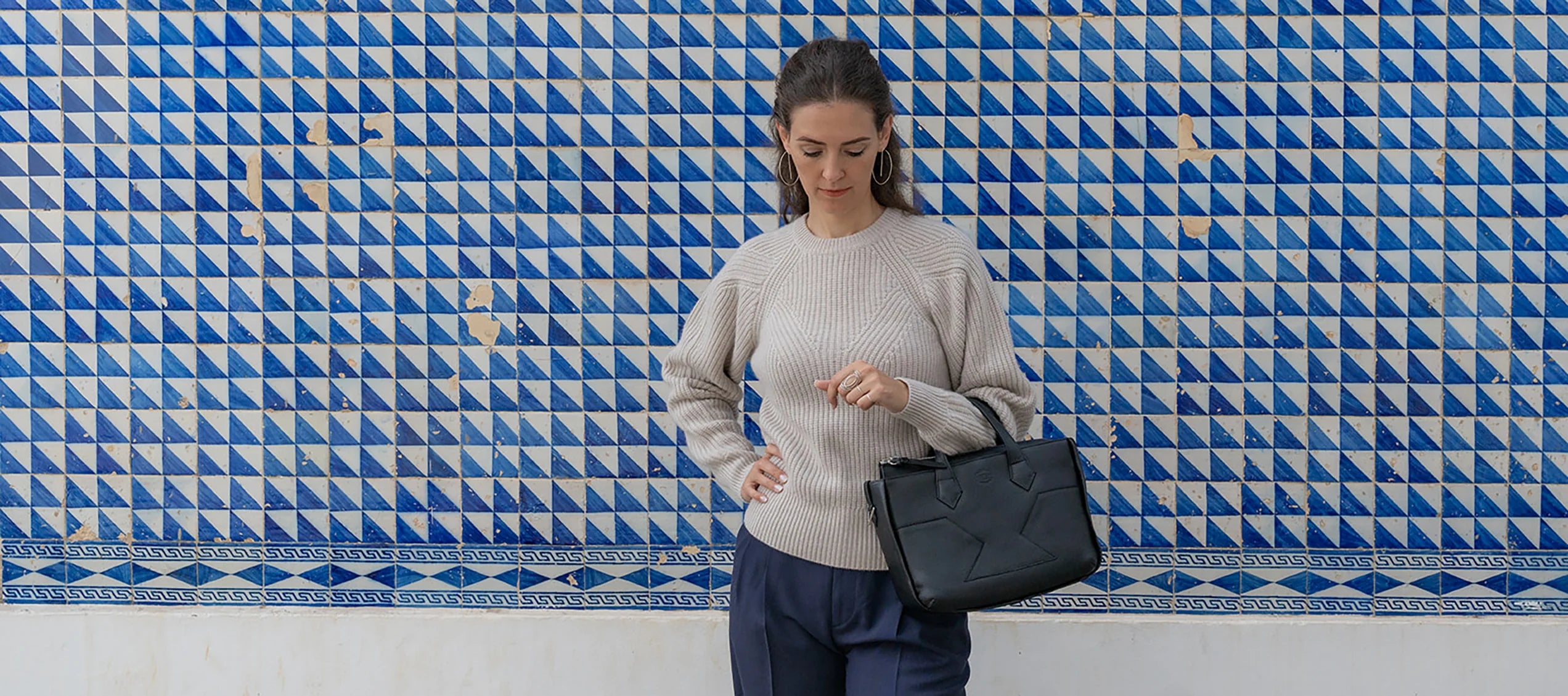When shopping for outerwear, you’ll notice that prices can dramatically vary, for items that might look similar at first sight – however outerwear involves a lot of sewing, fabric and bells & whistles, so they are actually massive differences in quality.
What to look for? What is cheaply made, what will last many years? To answer these questions, let’s compare 3 outerwear pieces at different price points ( from high to low): a vintage Burberry trench coat, a vintage Barbour wax jacket and a new COS trench coat.
1. The fabric
The fabric is a massive cost factor in the production of an outerwear piece. Mass market brands like COS typically use standard fabric like a simple cotton twill in a solid color. High-fashion brands like Burberry use personalized fabrics (e.g. the Burberry plaid pattern) and add fabric treatments that make it more resistant. A brand like Barbour uses heavy-duty fabric, made waterproof through a layer of wax (which can be re-applied as needed).
The more expensive and personalized the fabric, the more expensive – and fabric costs tend to increase heavily for custom developments. This is reflected in the retail price of the pieces.
2. The inside of the garment
Low-quality brands will usually not line their outerwear. They will need to cover the raw seams, which they do with various seam finishing techniques, but the costs will be kept under control by the fact that they produce in countries where labour is cheap (and sometimes unethical, when these countries do not guarantee fair payment by law – cf. my previous videos on Fast Fashion).
High quality outerwear is usually lined so that no inside seam is visible (note: it’s the case for woven garments like trench coats. Knitted garments work differently!). A Burberry trench coat is a good example of a good tailored lining, with impeccable corners, where everything lays nice and flat without any bulky area.
For warmer outerwear pieces, like a Barbour jacket, the “lining” is actually made of several layers and also clean-finished. Barbour typically lines the bodice with quilt, which is warm and bulky, while they line the sleeve cuffs with corduroy – nice to touch, but less bulky and therefore more comfortable around the wrists.
Note that the lining should always be a bit bigger than the outer fabric: this gives you the ease you need to be able to put the garment on without having to push and pull until it sits as it should.
Both Barbour and Burberry respect this rule, however in the lower price range, you will find a ton of garments where the lining is not done right, and these garments will never sit right… This is something to be careful about when shopping.
3. The tailoring elements
A good quality garment will not “cut corners” on the tailoring. Check that the pockets are clean i.e. that there is no hole anywhere in the fabric and that the corners lay flat: the extra fabric must have been cut off during production, otherwise it will create bulk in the corner area. You can check this point by looking at the corner of the lining meet the corner of the main fabric, at the hem level.
The pockets should be perfectly sewn: check the construction and make sure that you don’t have raw edges on the inside. Pull out the pocket to check whether they are loose threads or raw edges: these will 100% come undone over time. In a nutshell, the tailoring needs to be on point… even in the areas where you can’t see it immediately.
4. The hardware used
When a brand tries to save money on the hardware, thinking that people won’t notice, it’s a sign of lower quality. Burberry is famous for using customized buttons in a durable material (e.g. this vintage trench coat has tortoise shell buttons). COS copied the look-and-feel of a tortoise button but without the branding and it’s made in plastic. Barbour goes for weather-proof garments and uses thicker fabric so pressure buttons is probably the best (most durable) option.
If other materials are included, which material are they made of? For instance, Burberry uses calf leather for the wrist buckles and the belt buckle. This is a higher-quality choice than going with plastic. Leather will get a patina and age gracefully as you wear it, but it will certainly last.
5. The brand appeal
You will pay a premium for the brand, the star appeal, the fame of the label. Burberry is known for having raised their prices over time, while a brand like Barbour (which bets on quality but with less star appeal) tends to remain more consistent price-wise.
A way to avoid that brand premium is to shop second-hand, which I highly recommend when it comes to “famous” labels: you are likely to find any size and any design you’d like, just without paying as much. Over time, high-end pieces find their true price: if you buy a second-hand Burberry coat that is 20 years old, and then sell it again in 10 years, you probably will get back your money back – or even slightly more if you went with a limited edition that remained appealing and timeless. These are much sought-after.
If you want to learn more about how to recognize good and poor quality in clothing that is not outerwear, you can read this article with some tips to spot bad quality in garments.
If you want this kind of content sent straight to you inbox, you can subscribe to my newsletter:

